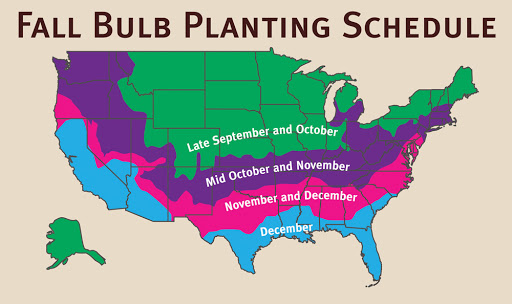Reiman Gardens switched to A.D.R. Bulbs 12 years ago and has never looked back. The bulbs are high quality and the customer service is exceptional. Chris and Philipp are always willing to answer my many questions! We take pride in supporting one of the last remaining bulb farms that grows and exports.
Sarah Rummery
, Reiman Gardens
« Previous Plant | Next Plant »
Tulipa Emperor 'Exotic Emperor'
Tulip
Exotic Emperor is a Fosteriana Tulip with large, double white blooms, accented by green flames and a lemon-yellow center. Its sturdy stems reach 14 to 16 inches, supporting flowers that can span up to 4 inches across. Blooming in early to mid-spring, it thrives in full sun and well-drained soil, making it ideal for borders, containers, and mass plantings.
Exotic Emperor is prized for its fluffy, peony-like structure, strong weather resistance, and ability to naturalize, returning reliably each year. A sport of White Emperor.
Recommended Substitutes for Tulipa Emperor 'Exotic Emperor'
Tulipa Calculator
When should I plant Tulipa Emperor 'Exotic Emperor'?

Growing and Maintenance Tips for Tulipa Emperor 'Exotic Emperor'
Planting: Plant in fall when soil temperatures fall below 55°F. Set bulbs 6–8 inches deep, pointed end up. Fosteriana tulips thrive in spots that warm up early in spring—ideal for naturalizing or mass planting.
Spacing: Space 4–6 inches apart. Group in clusters of 10 or more to emphasize their large, elongated blooms and strong early color.
Light: Full sun encourages sturdy stems and vivid blooms. Light shade is tolerated but may reduce flowering vigor.
Soil: Requires well-drained, neutral to slightly acidic soil (pH 6–7). These early risers dislike soggy ground, especially as temperatures warm.
Watering: Water after planting to settle bulbs. In spring, water during dry spells, keeping soil moist but never saturated.
Temperature & Dormancy: Needs 12–16 weeks of cold (below 50°F) for proper rooting and flower development.
Fertilization: Apply a balanced bulb fertilizer at planting and again in spring when foliage emerges—this supports consistent early bloom quality.
Pests: Generally untroubled. Mulch or mesh deters squirrels. Deer will eat the flower buds or emerging foliage, especially in early spring. Protect with fencing or repellents in high-pressure areas.
Disease: To prevent Botrytis (Tulip Fire), use only healthy, firm bulbs and plant in sunny, well-aerated sites. Avoid overhead irrigation and dispose of any infected plant material—do not compost. Rotate planting areas and avoid replanting in affected spots for at least three years.







Check back soon for additional details.